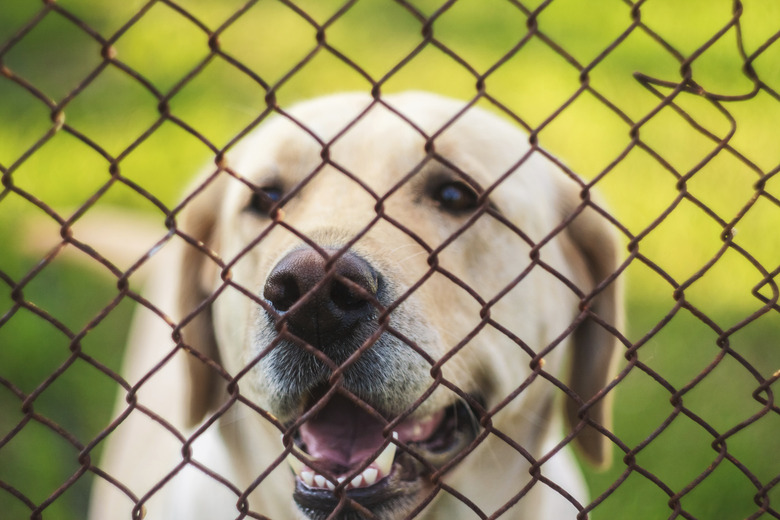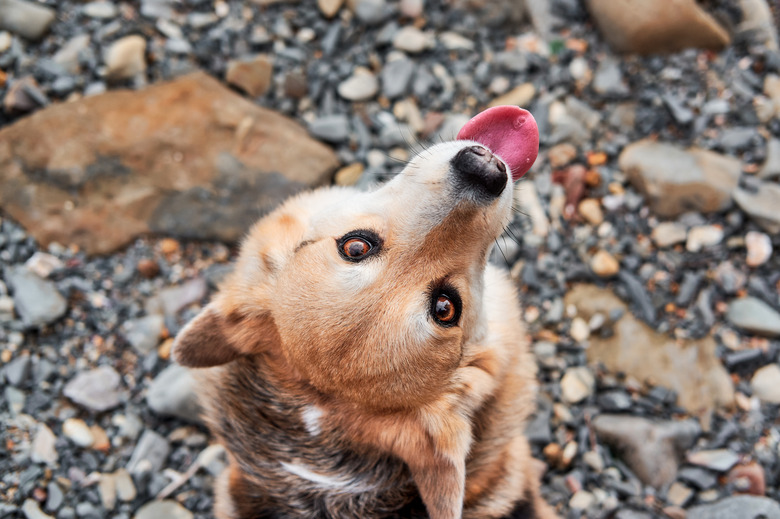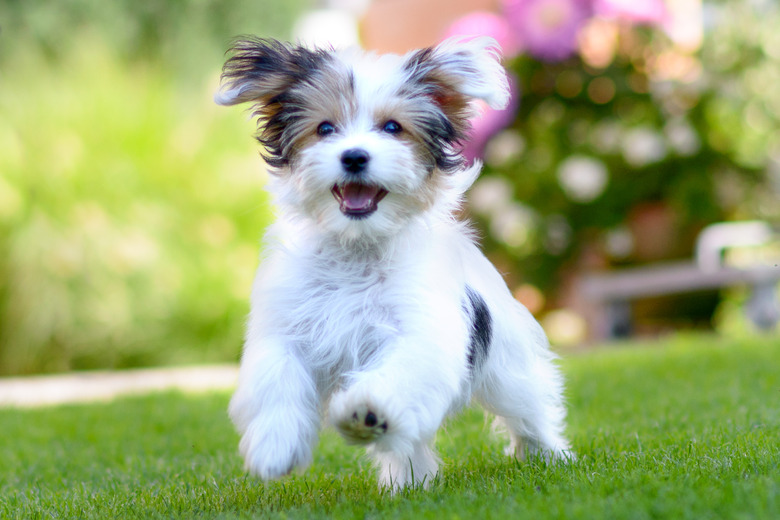What To Put On The Ground In A Dog Run
A low maintenance ground cover in a new dog run is one of the most important investments a dog owner can make, and quality covering, such as sand, gravel, and artificial turf, all offer different advantages. Select ground covering for a dog run carefully. Traditional coverings have some disadvantages, and an alternative ground cover option could be a better choice.
For instance, a dirt run quickly turns muddy in the rain, and natural grass fosters populations of parasites. Some dogs eat wood chips, which can harbor dangerous fungus. Even concrete, while allowing for easy upkeep, has its downside, turning uncomfortably cold in the winter and hot in the summer. Sand, gravel, or artificial turf might be a good alternative and the best ground cover for dog runs.
Playing in the sand in a dog run
Playing in the sand in a dog run
Sand is easy on a dog's feet and allows them to dig to their heart's content without doing any real damage. Sand makes an inexpensive base layer for homeowners and allows for easy removal of dog poop. Sand holds heat from the sun, making it ideal for cold-weather basking, but it can get hot enough to burn a dog's paws when it's in direct sunlight in warmer climates.
Sand also clings to dogs' fur and can end up in indoor carpeting. Owners with sandy dog runs might need to vacuum frequently to keep sharp edges on sand grains from making the carpet look worn. Sand, although a less expensive dog run ground cover, can create an unintentional water feature if exposed to frequent rain. Consider a combination of sand and pavers to give your dog two different surfaces.
Best gravel for dog runs
Best gravel for dog runs
Pea gravel might be the best gravel for dog runs because it won't cling to your pooch's fur, but owners might find an occasional stone that finds its way between the dog's toes. Gravel is easy to install and easy to maintain year-round by rinsing and raking. It's also easy to add more when necessary.
However, in wet climates, gravel will sink into the mud over time. If this occurs, homeowners may need to add more gravel every year or two. It is also easily displaced if there is heavy foot traffic from large dogs or very active dogs in play areas. This could lead to it being a nuisance to the landscaping because it can end up outside the fence line. Gravel's lightweight and small size also makes it easy to scoop up when cleaning up after dogs have gone potty in the dog run. It can be sprayed off occasionally to keep the smell of dog urine under control.
Durable and decorative river rocks for dog runs
Durable and decorative river rocks for dog runs
Small river rock stays put better than gravel, and many dogs don't spend the effort needed to dig into it. The smooth quarry stones hose off easily and are big enough that they won't get scooped up with a dog's fecal matter. It's also a very decorative addition to a yard's landscape design with visual appeal, which can be much appreciated if the dog run is visible to neighbors.
Unlike gravel, your furry friend won't create a pathway when they trot along river rock. However, the rock isn't comfortable to lie on, so dogs should have a comfortable dog house or bed to use as well. While river rocks won't get so easily sucked up by the mud, they do get hot in the summer sun.
Best ground cover for dog runs
Best ground cover for dog runs
Mats or artificial grass might be the best ground cover for dog runs, but it's also the most expensive. Artificial turf provides a surface that is unfriendly to bugs, fleas, and parasites and is easily cleaned. Rollout mats can be custom cut to fit a dog run. Adhesive can be used to secure it to a concrete base, or mats can be rolled out on the ground and secured beneath the fencing to prevent dogs from chewing at the corners.
Note that textured mat varieties provide extra traction so dogs won't slip or skid even when the mat gets wet. Special dog-friendly synthetic turf made from soy lets water flow through without puddling on the surface. The grass contains an antimicrobial agent to discourage bacteria and other pests.
The bottom line
The bottom line
Deciding on the components of a dog run might be one of the most important considerations a dog owner can make. When making these decisions, owners should consider the needs and habits of their dog as well as the climate in which they live. There is a good option for every dog and owner, but there is no single solution that is best for everyone.


